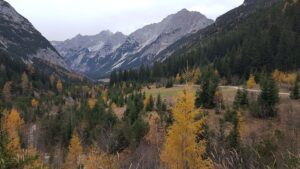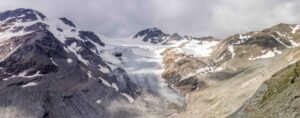Remote sensing in hydrospheric and cryospheric applications
Details
Full Title
Remote sensing in hydrospheric and cryospheric applications
Suggested by
Zarka Mukhtar, Annelies Voordendag
The respective workshop calls for contributions regarding ...
- Monitoring glacio-hydromorphological changes by use of satellite-based data
- How to cope with uncertainties arising from discontinuous remote sensing data
- Possible ways to handle different spatial and radiometric resolution of remote sensing data
- Best approaches to validate remote sensing data
- Using remote sensing data in model initialization
Keywords
Glaciology, hydrology, satellite-based remote sensing, terrestrial remotes sensing, airborne remote sensing
Type
Session
Description
Remote sensing applications have become widely applied in the field of glaciology, hydrology and geomorphology, especially in world regions where repeated aerial photos are poorly available and where fieldwork is limited by difficult accessibility. The use of remote sensing techniques is nonetheless challenged by the relatively low spatiotemporal resolution, as glacial hydrology and their geomorphic units are often of limited size.
However, a lot of research has been done with remote sensing, for example to monitor the changes occurring in the large glacial systems of High Mountain Asia and to determine ice thickness and glacier outlines with satellite-based remote sensing techniques, but also terrestrial and airborne applications to monitor glacier surface changes are available.
Improvements in the acquisition and use of satellite data range from uncertainty assessments of different systems and (semi-)automated approaches to detect and classify features to calibration and validation of glaciological and hydrological models.
This session aims to bring remote sensing scientists together who work on different hydrology- or glaciology related topics. We encourage both researchers working with satellite-based and terrestrial or airborne based remote sensing data to submit an abstract.
Format
The session is based on presentations from the participants and an open discussion. The duration of each presentation will be based on the number of participants. Afterwards, plenty of time will be reserved for discussion among participants.


